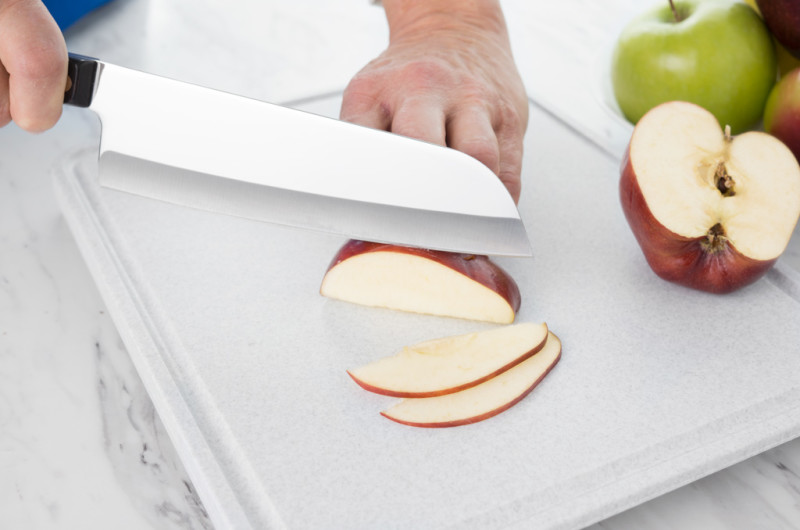How to Sharpen a Fillet Knife Without a Sharpener: Simple Methods
Written By James Morgan
If you're a barbecue enthusiast, you know the importance of keeping your tools, particularly your fillet knife, in top condition. Knowing how to sharpen a fillet knife without a sharpener can be a vital skill when you're out in the wilderness or simply don't have a sharpener handy. This article will walk you through various methods to keep your knife sharp and ready for your next grilling adventure.

Why a Sharp Fillet Knife is Crucial
A sharp fillet knife is essential for clean and precise cuts, whether you're preparing your favorite fish or slicing through meat. A dull knife can make your job difficult, increase the risk of injury, and ruin the quality of your cut.

Using a Coffee Mug
Preparing the Mug
A coffee mug is one of the most accessible tools for sharpening a knife. Youll need a ceramic mug with an unglazed bottom.
The Sharpening Process
Hold your knife at a 20-degree angle and gently slide the edge against the unglazed ceramic. Do this on both sides, alternating between them to ensure an even sharpen.

Sharpening with a Leather Belt
Why Use a Leather Belt
Leather belts can act as strops, a common tool for honing the edge of blades. This method is particularly effective for those final touches.
The Process
Secure the belt tightly to a sturdy object. Draw the knife away from the cutting edge along the leather. Repeat this process on both sides.

Using a Rock
Selecting the Right Rock
Find a smooth stone with a fine grain. Wet the stone to reduce friction and enhance the sharpening process.
Sharpening Technique
Hold your knife at a 20-degree angle and make slow, controlled strokes against the stone. Alternate sides to maintain an even edge.
Concrete Sharpening
Precautions
Concrete can be somewhat abrasive, so use this method only for extremely dull knives.
Step-by-Step Guide
Find a flat section of concrete and gently drag your knife edge at a 20-degree angle. Be cautious to avoid damaging the blade.
Caring for Your Fillet Knife
Regular Maintenance
Consistent maintenance will extend the life of your knife. Clean and dry it thoroughly after each use to prevent rust and corrosion.
Proper Storage
Store your knife in a dry environment, preferably with a blade guard or sheath to protect the edge.
Quality Matters
Investing in a high-quality fillet knife can make all the difference. Check out this guide for more on using and maintaining knives safely.
FAQ
1. Can I use other household items to sharpen my fillet knife?
Yes, various household items like glass bottles or plates with unglazed bottoms can serve as makeshift sharpeners.
2. How often should I sharpen my fillet knife?
The frequency depends on how often you use it. For regular use, sharpening every three months should suffice.
3. Is it better to invest in a proper sharpener?
While these methods work in a pinch, investing in a high-quality sharpener will ensure optimal performance and longevity for your knife.
As an Amazon Associate, I earn from qualifying purchases.
For more tips on knife care, visit how to sharpen a fillet knife with a steel.



